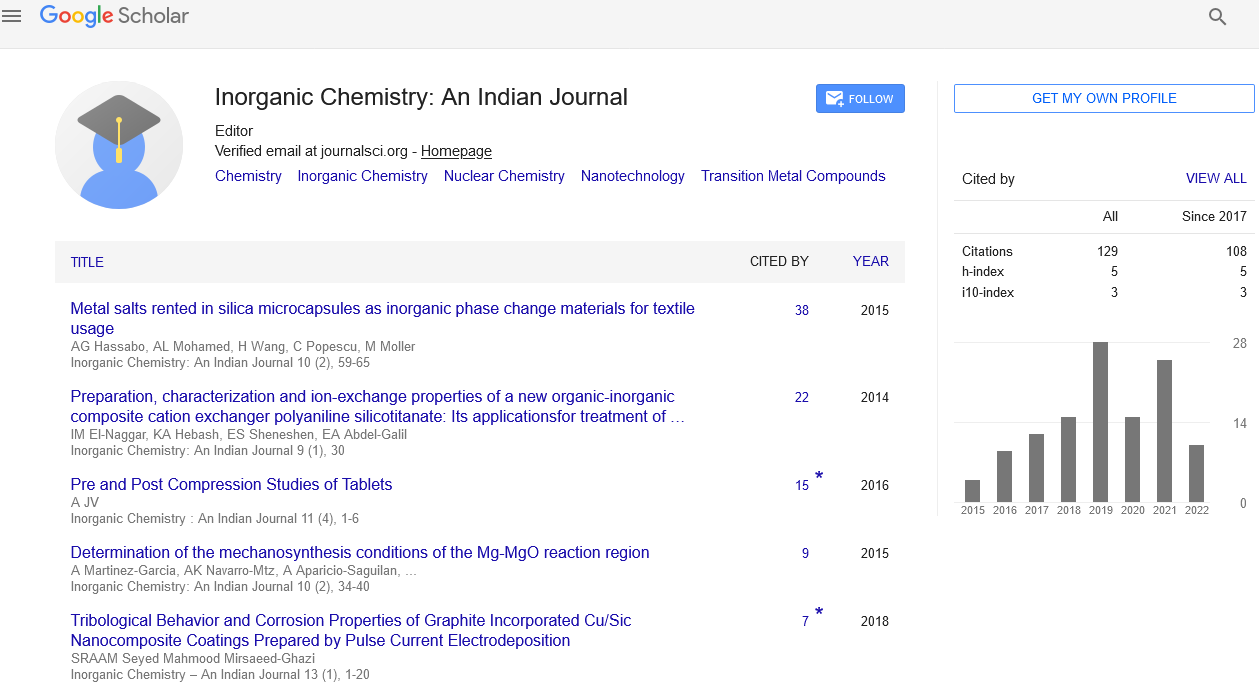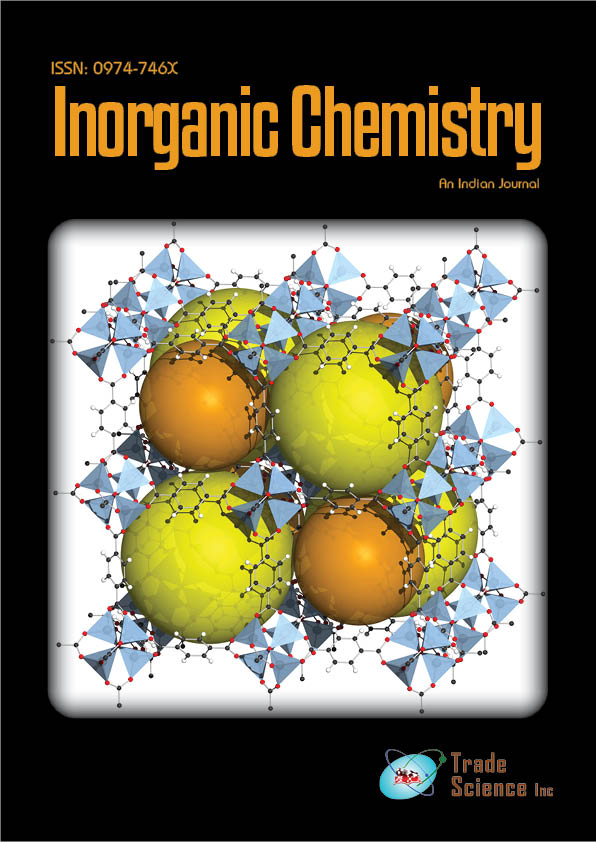Short communication
, Volume: 16( 4)Implications of analytical tools for biosimilars
Abstract
A key question for the development and regulation of biosimilars is how much and what kind of data are needed to establish that the differences between similar (although not identical) products are not clinically important. The first key answer to this question is to assess the structural and functional analysis of the biosimilars. In performing this assessment, the FDA emphasizes the added use of “orthogonal methods” and “fingerprint-like methods”. These latter methods may represent more advanced or state‑of‑the-art analytical characterization methods that have not been validated but must be scientifically sound. One area where current analytical methods fall short in assessing the higher-order structure of biosimilars is in detecting the presence of small, conformationally altered populations of the active drug that represent about 10% (or less than 10%) of the total population of normal molecules in a given sample. Unfortunately, these minor conformational forms of the biosimilars are part of a complex mixture of closely related structures in a dynamic equilibrium, which makes the task of characterizing them very challenging.
In closing, modern analytical technology is rapidly advancing the characterization of biosimilars. However, despite gaining an ever-expanding knowledge of biosimilars and their effects in patients, our understanding of how living systems work is still limited, as for every answered question there often seem to be many more new ones to answer. A sensible path forward for the characterization of biosimilars is to work to close the gap between what we know and what we do not; however, we cannot wait until these gaps are closed. We need to gather whatever information we can from the best analytical tools available to make the best decisions feasible. We will attempt to give insights into the currently developed analytical tools for biosimilars and summarize the resulting findings in this area, emphasizing on sophisticated analytical techniques.
Biography
Behruz Barfi has completed his PhD at the age of 34 years from Semnan University. He has published more than 22 papers in reputed journals and has been serving as an editorial board member of repute.
This work is partly presented at 2nd World Chemistry Conference 2016, August 08-10, 2016

